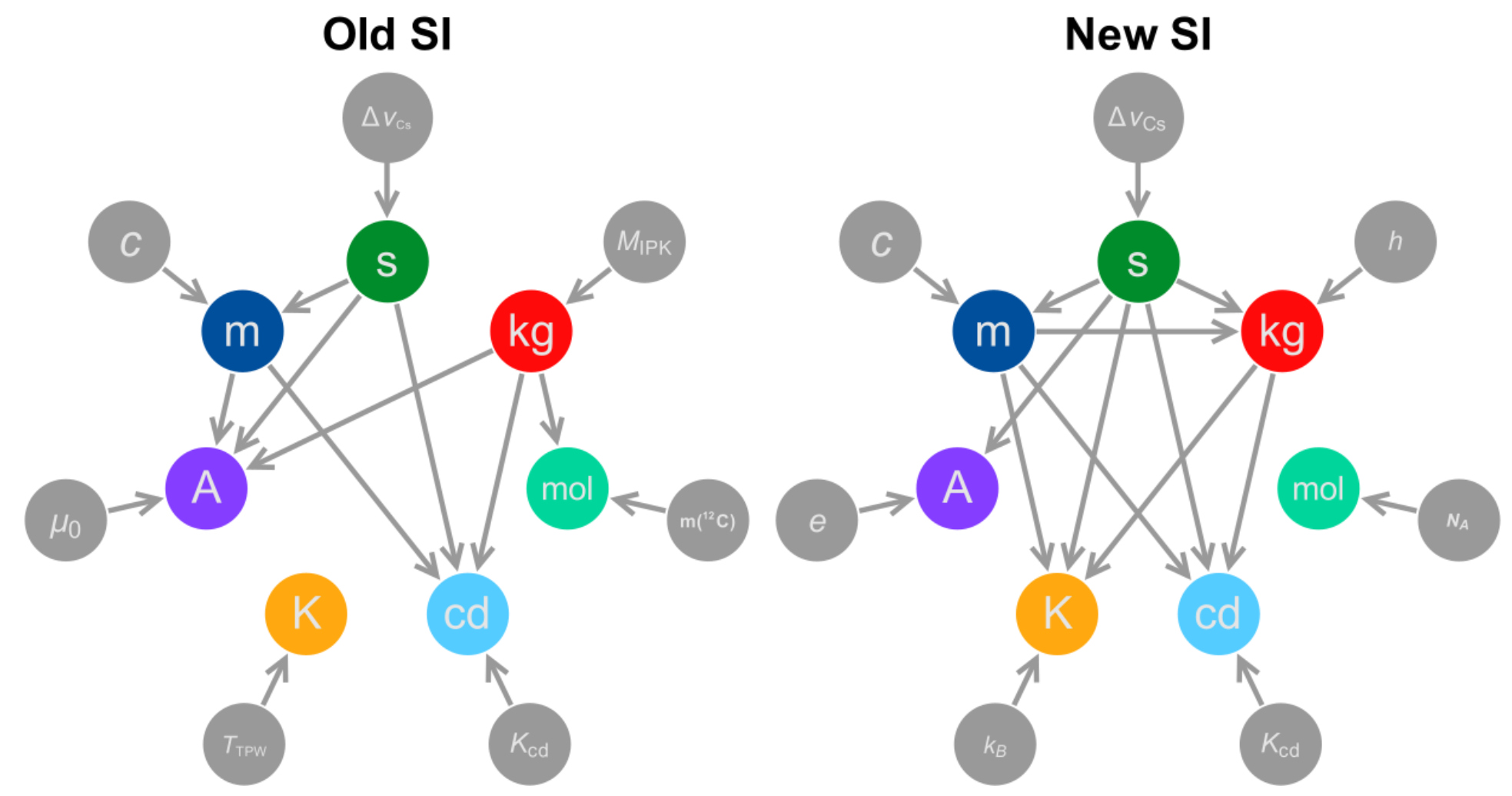New Metric System: I wish I’m bluffing. But what does this mean for us?
For a long time now, engineers use the metric system, now known as the Systeme International d’Unites (International System of Units) or SI, in calculations. The SI base units which include second, meter, kilogram, ampere, kelvin, mole, and candela have been standard measurements in the world of science and engineering. They have been regarded as accurate systems, but the International Committee for Weights and Measures (CIPM) thinks that they could be more accurate in definition.
There has been a proposal from a committee in the CIPM to redefine the SI base units. This will likely be adopted at the 26th General Conference on Weights and Measures (CGPM) in the fall of 2018.

New Metric System (Source: Giphy)
The metric system has its roots derived from nature. This was introduced in France in 1799, which required technical artifacts for the prototype meter and kilogram. Until in 1960, the definition of meter was revised according to the wavelength of light from a specified source, making it derivable from nature. This left the kilogram as the only unit in the metric system whose value still relies on artifact.
We know kilogram as 1,000 grams or 2.2 pounds. This mass of a kilogram is standardized by one physical object, which is a solid chunk of 90% platinum and 10% iridium found in a vault in France. This is called the International Prototype Kilogram (IPK) or ‘Le Grand K’.
The problem with this definition is that the mass of IPK itself is hardly constant. Like any physical object, it is susceptible to lose or gain atoms over time. This is already true for the IPK, as it was found that it has become slightly heavier over the years due to surface contamination.
Replicas of the IPK can be found in many parts of the world, but they have to be exactly in the same mass with that guarded in Paris. That is but physically impossible.
Researchers are troubled about this fact. A lot of scientific assumptions are based on the mass of a kilogram, only to discover that it is is not exact.
That may about to change now. Once the proposal is accepted, it will be the first time that the entire SI base units will be derivable from nature.

New Metric System (Source: Giphy)
It was in 1960 when SI got its last major revamp. It was formally published as a coherent set of units of measure. The core of SI is the mentioned seven base units, which definitions are arbitrary, with twenty more units derived from the base units.
The units are a coherent system but their definitions aren’t. What CIPM wants to do in their proposal is use the fundamental quantities of nature as the basis of deriving the base units.
Not all seven SI base units will change though. Only four. Each of them will be redefined by choosing exact numerical values for constants: kilogram for Planck constant; ampere for the elementary electric charge; Kelvin for the Boltzmann constant; and mole for the Avogadro constant.
The Planck constant, which relates to a particle’s energy compared to its frequency, has to be established to formally redefine kilogram. Researchers have worked on this since the 1970s, and it was only in 2014 that they agreed on the value of the Planck’s constant. This decision can still be changed until July next year, but this brings hope that the IPK won’t be the kilogram standard anymore by 2018.
An ampere is currently defined as the flow through two infinitely long, infinitely thin wires placed exactly a meter apart, which would produce a certain amount of force. But since this is impossible, the exactness of this value is questionable. Scientists are looking at its definition through the electrical charge of the electron and the proton, which is something that they could measure.
Kelvin, on the other hand, is defined as the triple point of water – the obscure point where water coexists as a liquid, gas, and solid. This unit will be redefined through linking it to the exact value of the Boltzmann constant. This goes the same with mole, but with the Avogadro constant.
The image below illustrates the comparison of the old SI and the new SI.

New Metric System (Source: Wikimedia)
The symbols found in the image are as follows: C is the speed of light (which will define a metre, ∆νCs is the tick of a caesium atom clock (which defines a second), h is the Planck constant (which will define a kilogram), NA is the Avogadro constant (which will define a mole), Kcd is luminous efficacy (which will define a candela), kB is the Boltzmann constant (which defines a kelvin), and e is the elementary charge (which defines an ampere).
Meanwhile, the other three SI base units, which are second, meter and candela, are already defined by physical constants, but their definitions might need some editing.
Perhaps the catch to this change in SI base units is this: the proposed definitions will improve the SI, but without drastically changing the size of any units. Hence, present measurements are guaranteed to be used.

New Metric System (Source: AlexEvanArt)
For engineers, this is not a big deal because the changes are almost negligible. But for scientists, this is huge, and even called it a “once in a lifetime event”.
“There’s this hairline crack in the foundation, and you cannot build your building of physics on that foundation,” said Stephan Schlamminger of the US National Institute of Standards and Technology.
SI measurements will not be the same again for most researchers as these units are set to be based on a modern understanding of physics. Thanks to laws of quantum mechanics and Einstein’s theory of special relativity, this is possible.
Perhaps the next time that these definitions will change once more is when scientists figure out that the constants of nature, such as the speed of light and the Planck constant, vary across the universe.
Until that’s not yet discovered, the metric system will get its latest redefinition in 2018.


/https://public-media.smithsonianmag.com/filer/81/bd/81bd7854-7a8f-4266-8f46-fa6baa13386a/centimeter-measurement-meter-feet-millimeter-foot-1476919.jpg)











